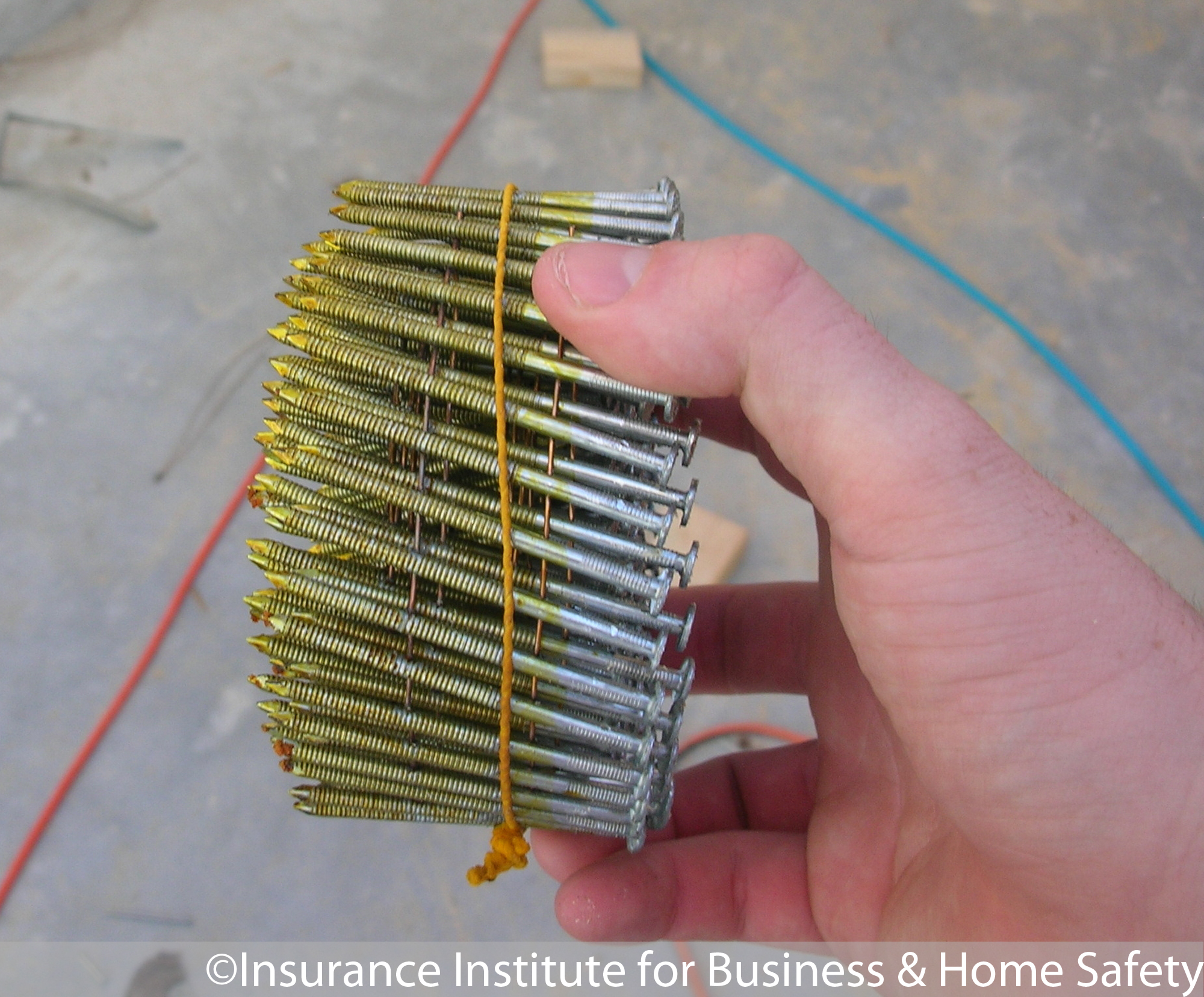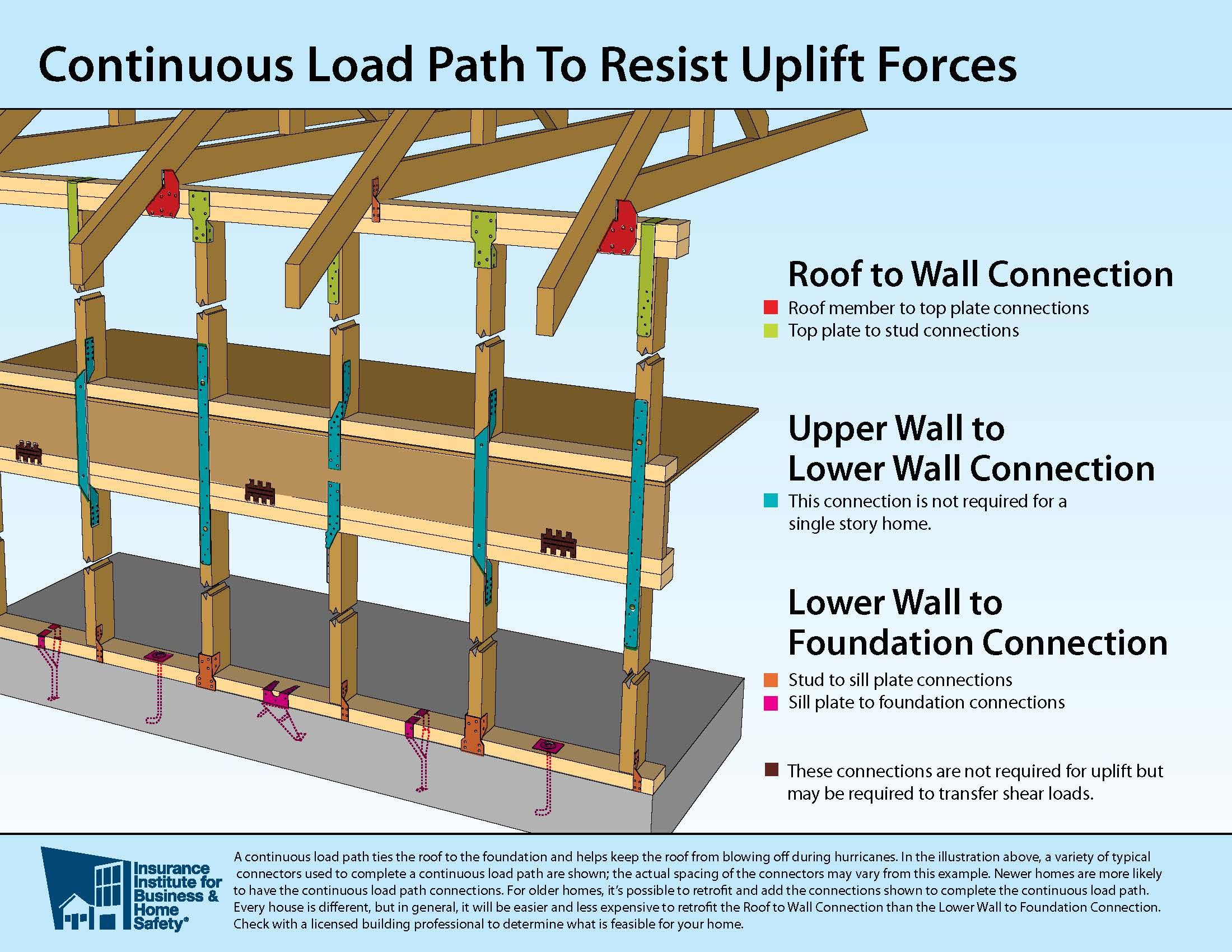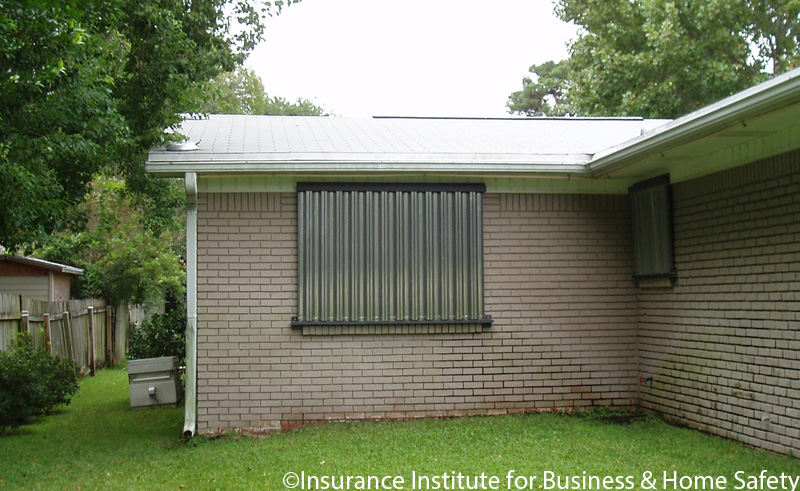Construction
5 Ways Contractors are Building More Disaster-Resistant Homes
Laura Mazzuca Toops
July 30, 2014
The old adage says that nobody can predict the weather, but one thing seems certain: based on the past several years, extreme weather conditions are becoming more frequent.
The property-casualty insurance industry paid out $1.6 billion in March 2013 because of thunderstorms, tornadoes, and hail; $1.2 billion in April for tornadoes, heavy storms, ice, and a winter storm; and $3.2 billion in May because of thunderstorms, hail, and tornadoes, according to Neil Alldredge, senior vice president of state & policy affairs for the National Association of Mutual Insurance Companies (NAMIC).
Recognizing the need for disaster mitigation, more states and municipalities are establishing guidelines for builders, contractors and homeowners for methods designed to protect structures from extreme weather conditions.
This just makes economic sense, according to many studies. The Louisiana State University Hurricane Center conducted a comparative analysis of Hurricane Katrina's economic impact on Mississippi, projecting a $3.1 billion savings if tougher building codes had been in place.
To help build more storm-resistant homes, the Insurance Institute for Business and Home (IBHS) has created the FORTIFIED program to help contractors and homeowners strengthen their homes against hurricanes and high winds, wind-driven rain, earthquakes, hail, wildfires, flooding, and severe winter weather. Studies show every $1 spent on disaster mitigation saves $4 in community disaster recovery expenses.
Read on to learn about the top mitigation methods in the FORTIFIED arsenal, and other methods recommended by IBHS to help build structures that can withstand extreme weather.

Fortified ring shank nails
When roofing or reroofing, IBHS recommends the use of 8d ring shank nails, spaced 6 inches on center, along all framing members. Staples and minimum size smooth nails common in older building codes are inadequate to prevent a roof deck from blowing away in hurricane-force winds.
To further prevent roofing damage in high winds, IBHS recommends shingle roof covers that meet the ASTM testing standards and classifications appropriate for the design wind speed in a given area.

Fortified sealed roof deck
Sealing the roof deck helps to keep water out of the house if the roof cover blows off. Large amounts of wind-driven water can pour into the attic through unsealed gaps between pieces of roof sheathing. IBHS defines a properly sealed roof deck as one where seams or gaps between pieces of decking are sealed.
To adequately seal the roof deck, FORTIFIED recommends one of the following methods:
- Installation of 4” to 6” wide “peel and stick” tape over all wood roof panel seams, covered by a 30# felt underlayment over the entire roof
- Installation of “peel and stick” membrane over entire roof
- Installation of a high tear strength synthetic underlayment with all vertical and horizontal seams taped.

Continuous load path to resist uplift forces
Building a continuous load path is a way of tying your house together from the foundation to the roof. Creating a continuous load path can help hold a building together when high winds try to pull it apart. To achieve this, a connection from the roof to wall, wall to floor and floor to foundation must be installed by a certified professional engineer.
Connections can include roof-to-wall metal straps or clips, metal straps that connect second-floor walls to first-floor walls, anchor bolts with oversized washers for each connection, and clips or straps that connect wall studs to top and bottom plates at each connection.

Vent coverings
During a fire, vents are an easy access point for embers and flames, which can then reach the attic, setting the home ablaze from within. Although most building codes require vent coverings of a minimum of quarter-inch mesh, that size is inadequate to keep flames away from the inside of a home. The USDA Forest Service recommends vent covers of plywood or another solid material that can be quickly installed when wildfires approach.
The above photo shows an under-eave vent covering taken during recent wildfire ember testing at the IBHS Research Center. The covering has 1/8" metal screening covering the vent's opening, which IBHS recommends for all vents on homes in wildfire-prone regions. It's also essential to regularly remove vegetation and debris from the vent to ensure proper airflow and to prevent wildfire embers from igniting the debris.

Hurricane shutters
The photo above shows a corrugated aluminum shutter that was installed before Hurricane Charley (2004) in Florida. Although lighter in weight than steel shutters, corrugated aluminum shutters provide more protection than plywood, fabric or perforated aluminum shutters because they are better able to resist impact of flying objects and also offer some flood protection.
The content of this article is intended to provide general information and as a guide to the subject matter only. Please contact an Advise & Consult, Inc. expert for advice on your specific circumstances.
SOURCE: www.propertycasualty360.com
